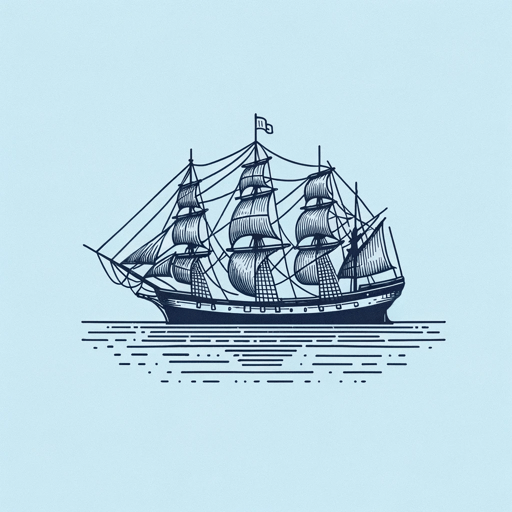30 pages • 1 hour read
Gabriel García MárquezThe Handsomest Drowned Man in the World
Fiction | Short Story | Adult | Published in 1968A modern alternative to SparkNotes and CliffsNotes, SuperSummary offers high-quality Study Guides with detailed chapter summaries and analysis of major themes, characters, and more.
Literary Devices
Allusion
An allusion is a textual reference to other historical periods, figures, and events, as well as other authors, literary works, and characters. In employing allusions, the author empowers readers to draw from their own knowledge to make connections about the text.
In “The Handsomest Drowned Man in the World,” García Márquez alludes to several mythological stories. The name the old woman proposes is “Esteban,” which is short for “Estevanico,” the first African man to arrive in Latin America. Estevanico was viewed as a mysterious folk hero, and he directly parallels the drowned man in the story. The drowned man receives his name as a way to emulate Estevanico’s greatness (D’Amato, Lee. “Estevanico, the First African Man to Explore the Americas.” The Archive, 18 Nov. 2022). The name the younger village women propose, “Lautaro,” refers to a Mapuche Indian who fought against Spanish conquerors in the 1500s. In his story of greatness, Lautaro, also known as “the hero of the Mapuche,” lead the resistance against the Spanish colonization of Chile (Hancock, Anson Uriel. “Lautaro, Hero of the Mapuche.” TOTA, 2019).
According to scholarly interpretation, García Márquez also alludes to Quetzalcoatl, an Aztec deity who reigned over the winds and rain.
Related Titles
By Gabriel García Márquez

A Very Old Man With Enormous Wings
Gabriel García Márquez

Balthazar's Marvelous Afternoon
Gabriel García Márquez

Chronicle of a Death Foretold
Gabriel García Márquez

Death Constant Beyond Love
Gabriel García Márquez

Eyes of a Blue Dog
Gabriel García Márquez

In Evil Hour
Gabriel García Márquez

Innocent Erendira
Gabriel García Márquez

Leaf Storm
Gabriel García Márquez

Love in the Time of Cholera
Gabriel García Márquez

Memories of My Melancholy Whores
Gabriel García Márquez

News of a Kidnapping
Gabriel García Márquez

No One Writes To The Colonel
Gabriel García Márquez

Of Love And Other Demons
Gabriel García Márquez

One Hundred Years of Solitude
Gabriel García Márquez

One Of These Days
Gabriel García Márquez

Strange Pilgrims
Gabriel García Márquez

The Autumn of the Patriarch
Gabriel García Márquez, Transl. Gregory Rabassa

The General in His Labyrinth
Gabriel García Márquez

The Story of a Shipwrecked Sailor
Gabriel García Márquez

